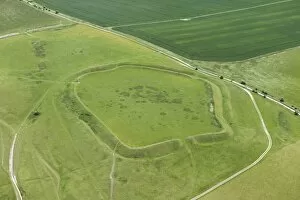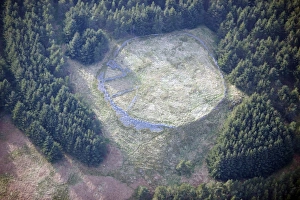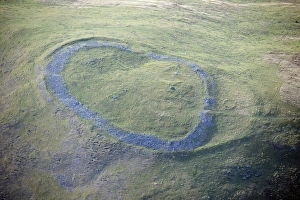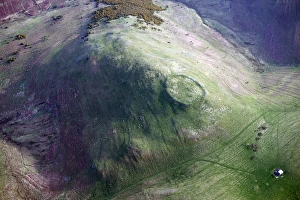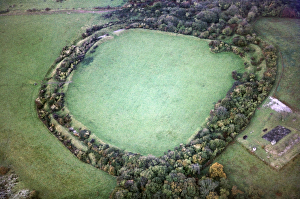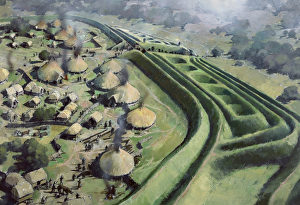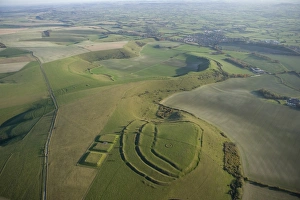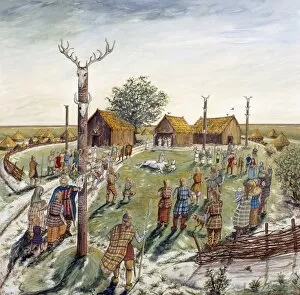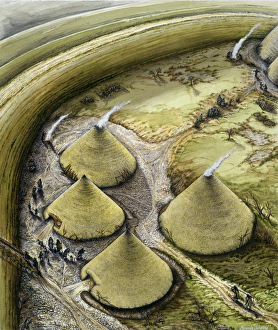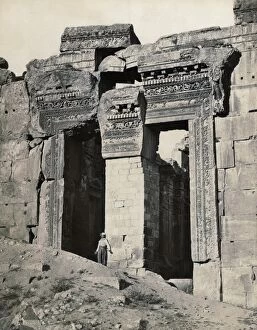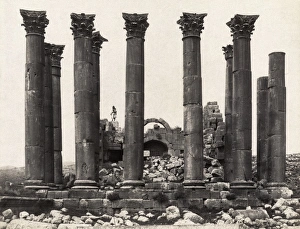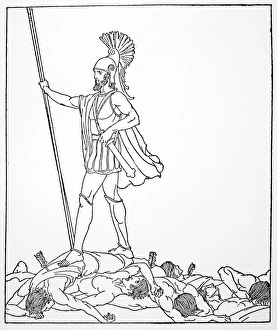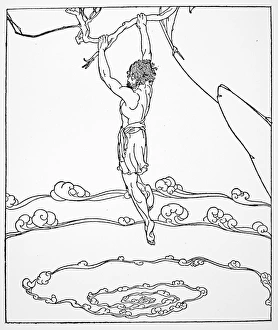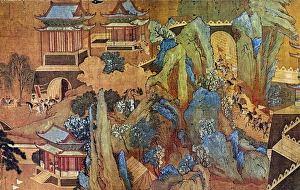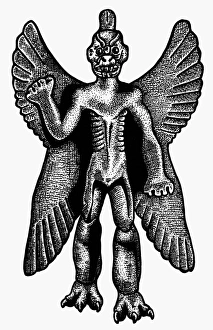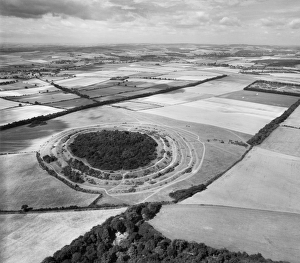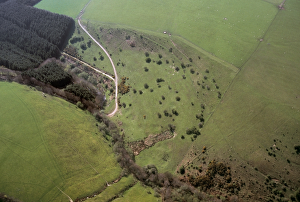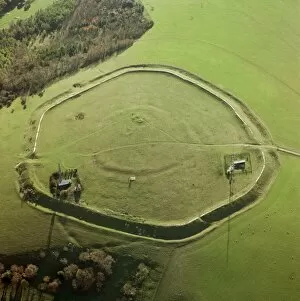Iron Age Collection (page 9)
Step back in time and explore the fascinating world of the Iron Age, a period marked by innovation and cultural transformation
All Professionally Made to Order for Quick Shipping
Step back in time and explore the fascinating world of the Iron Age, a period marked by innovation and cultural transformation. Journey to Uffington White Horse, a mesmerizing hill figure etched into the Oxfordshire landscape, serving as an enduring symbol of this ancient era. Venture further to the Iron-age British Camp hill fort nestled amidst the vibrant hues of autumn on Malvern Hills in Worcestershire, offering panoramic views that transport you back centuries. Immerse yourself in history at Ingleborough Iron Age Hill Fort K100007, where remnants of past civilizations stand tall against nature's backdrop. Feel the echoes of battles long gone at Maiden Castle J870379 or Caer Caradoc 21128_02, mighty fortresses that once guarded their respective lands with unwavering strength. Marvel at Cleeve Hill 27646_030 and Brean Down J890031, two sites that bear witness to human resilience and ingenuity during this transformative age. Discover Old Oswestry Hill Fort N080553, an archaeological gem shrouded in mystery and intrigue. Uncover tales from distant lands through a sandstone sculpture depicting a Yakshini - a benevolent tree spirit from Sanskrit mythology guarding hidden treasures beneath the earth's surface since the 1st century A. D. Explore Chysauster Ancient Village J910203; walk among its well-preserved ruins for a glimpse into daily life during this remarkable epoch. Witness craftsmanship at its finest with The Battersea Shield - an exquisite Celtic artifact dating back to early Iron Age Britain in the first century A. D. , showcasing intricate designs that captivate even modern eyes. Finally, delve into Iron Age farming practices depicted at N080555; gain insight into how our ancestors tamed nature's bounty to sustain their communities. The iron age beckons us with its enigmatic allure - join us on this journey through time as we unravel its secrets and celebrate humanity's indomitable spirit.


